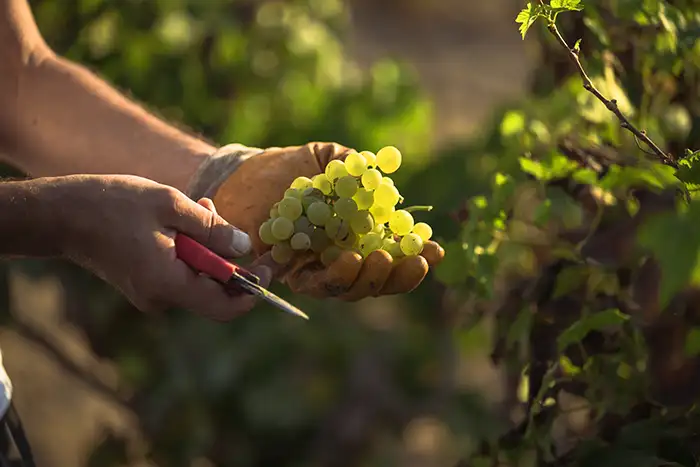The Link to Land and Sea
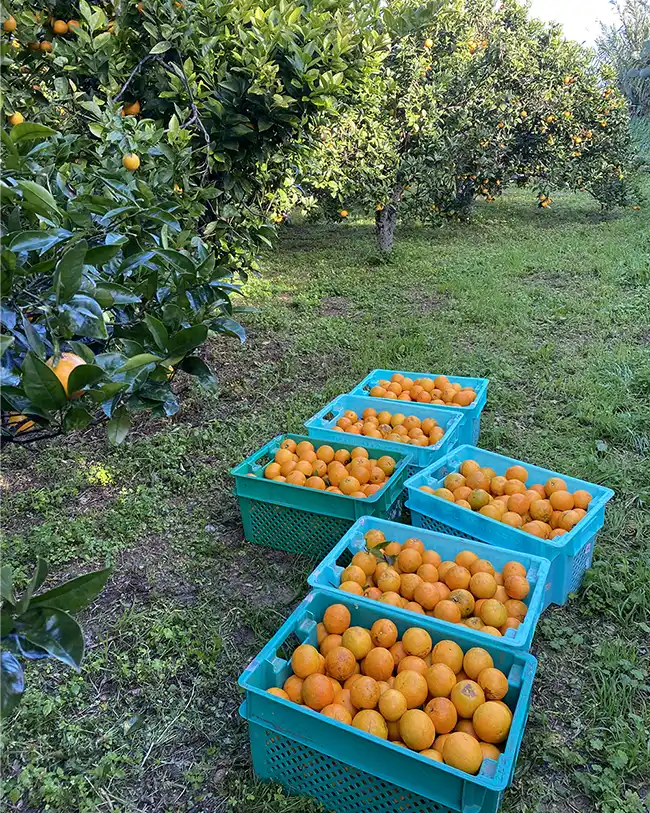
Photo: San Blas Grooves
Agriculture in Gozo
Agricultural practice in the Maltese Islands is characterised by a number of challenges which are mostly related to the Islands’ size, geographical location and various external and internal circumstances and contexts. The small size of the Islands as well as the densely populated (and ever-growing) towns and villages has profoundly impacted the balance between nature and development and damaged their relationship in somewhat irreconcilable ways. The overall lack of natural resources, especially the lack of natural water supply, and the scarcity due to size, as well as the loss of agricultural land due to overdevelopment, has led to a dwindling sector. These issues are making it very difficult for young people to consider agriculture as their main source of livelihood. This, together with a major dependency on importation (fodder and fertilisers, as an example), as well as a clear preference by customers for imported produce has been a major contributing factor towards the perception of agriculture as an unsustainable form of income.
The sector is characterised by a significant decline in agricultural labour force (a decline of 26.7 percent in 2020 when compared to 2010) and an ageing population. The latest agricultural statistics show, in fact, that in Gozo 32% of the Agricultural Working Force is aged 65 and over, 45% is aged between 45 and 64 with the younger generations spending less time on agricultural work per year. The Maltese islands have a total of 10,281 agricultural holdings (90% of which are less than 2 hectares in size). Gozo’s agricultural land has 23% of utilised agricultural land (-6% when compared to 2010 statistics), 28% of unutilised agricultural land (an increase of 14%, which is, however, lower than the increase in Malta) and 22% of other agricultural land. The contribution of the sector towards GDP in the Maltese islands is around 0.95% according to the most recent statistics,which is the latest statistic in a downward trend observed in recent years. This is not just an indicator of the downsizing of the agriculture sector, but also a clear indication that the country decided to focus its efforts on other sectors throughout the years
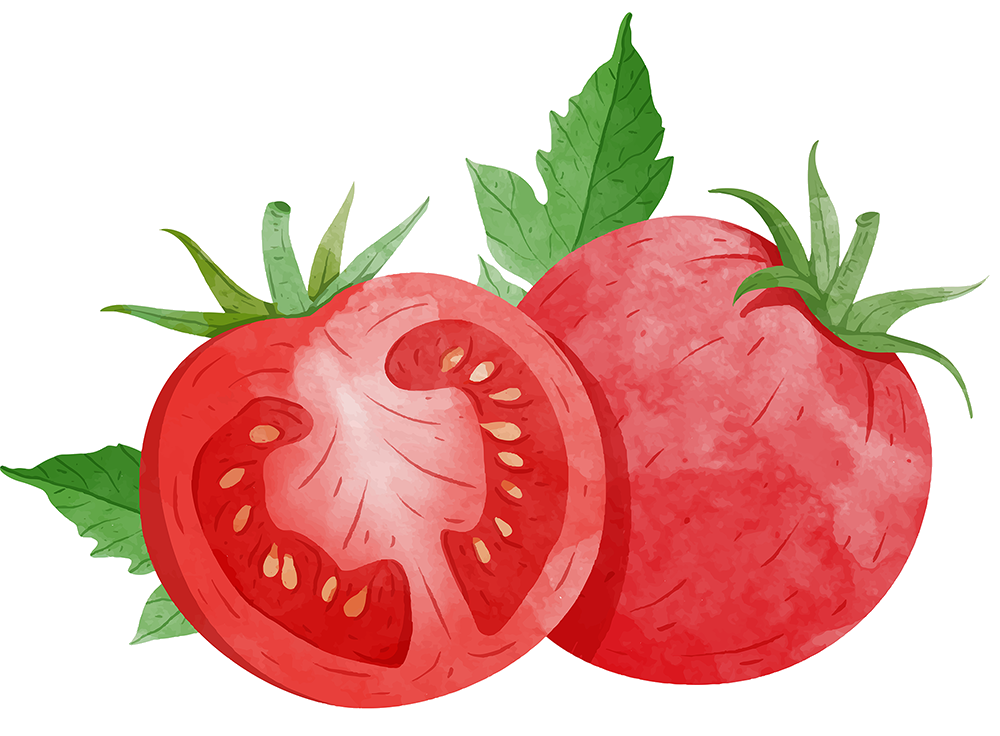
Maltese agriculture has a diverse range of outputs that include potatoes, tomatoes, olives, onions, marrows and cauliflowers amongst others. In the Maltese islands, quite a significant percentage of land is used to cultivate forage; this is particularly predominant in the use of arable land. Tomatoes constitute one of the main produce for Gozo, primarily produced to be processed into other products such as tomato sauce and tomato paste (known as ‘kunserva’ in Maltese), as well as sundried tomatoes which are then produced on an industrial scale and sold in Malta as well as internationally. Olive groves and citrus trees are other typical features of the Gozitan agricultural landscape as well as vineyards producing the Maltese wines. In terms of livestock population, Gozo has the majority of the cattle population (37.5%) when compared to the other regions in Malta. The island – as a district compared to the other districts within Malta – tops the statistics even in terms of sheep rearing, with 286 holdings out of a total of 953 registered in all districts. The same applies for goat rearing.
Despite these challenges, the Maltese islands – and Gozo in particular – recognise the importance of agriculture for the islands as well as the opportunities which lie ahead.
A catalyst to identify and implement these opportunities has been the injection of European funds which has so far proved to be a major support for the Gozitan farmers and a significant contributor to strategise, refocus, update, and upgrade, particularly in terms of protecting the identities pertaining to the islands as well as the sustainability of the sector. A recent study, carried out by the Gozo Regional Development Authority – which is also one of our core stakeholders for the Gozo European Region of Gastronomy 2026 – analysed the regional agricultural status highlighting, amongst other things, the strengths which agriculture in Gozo currently has. In brief, this document outlines that the size of Gozo could be an advantage because it makes the ‘farm to fork’ strategy much easier and more achievable.
It also states that there are a number of traditional and unique high-quality products linked specifically to Gozo, as well as an experimental farm with huge potential for innovation and development. The one confederation that unites the regional agricultural sector is also considered as a main advantage.
In general, the policy direction for agriculture in Gozo seems to be pointing at the need to heavily invest in this sector and to emphasise its relevance not just on an economic level, but also in terms of the opportunity to rediscover Gozo’s heritage and identity, and to reaffirm itself as a source of wellbeing, recreation and strong community foundations.
Whilst considering the past and keeping an eye on the future, with potential positive changes that these might bring to agriculture’s current status in Gozo, Gozitans are keen on making this sector more central to their present and future sustainable needs.
Agriculture in Gozo
GRDA, June 2022
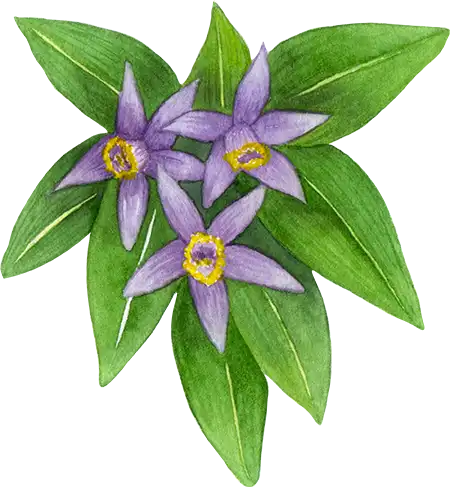
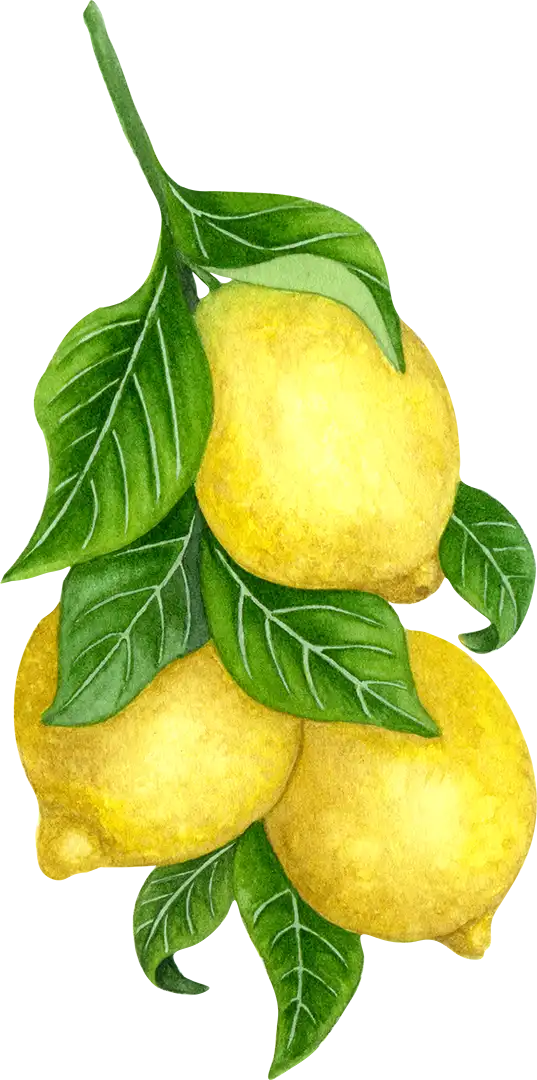
Citrus Trees
The origins of the Maltese citrus industry are estimated to date back to Arab rule between the eighth and tenth century AD. Five centuries later, under the Knights of St John, Malta was particularly renowned for the superior quality of its citrus fruit, which used to be exported to various European countries. The most common citrus varieties grown in the Maltese islands today are the ordinary round orange, the large oval orange, the Malta egg orange, the Malta egg-blood orange, the Bahia or navel orange, and the vanilla orange, which is a sweet type of orange. With regard to lemons, the most common variety found in Malta is the perpetual lemon, which produces fruit all year round, and tangerines, such as the mandarin orange. A local variety of sweet lime (lumiċell), which is unique to the Maltese Islands, is also cultivated. Gozo also has some specific varieties, such as the tas-saliegħ oranges.

Fig Trees
The fig tree originated in the Middle East. It is well adapted to Mediterranean conditions and grows well in the Maltese islands. There used to be more than 30 different varieties of fig trees cultivated in Malta. Nowadays, the varieties which are grown have decreased. Around mid-June, the fig tree produces the bajtar ta’ San Ġwann, a plump and tender fruit which is very often consumed directly as a fruit. Later in the year, the same tree produces the ‘late fig’ or tin in Maltese, which is widely used in the local cuisine. The honey rings, for instance, which is a typical Christmas sweet, is made up of a treacle mixture with almonds and figs. The latter are also used to create a ‘fig jam’, which is a spreadable paste made out of whole, ripe figs. The tin taċ-ċappa, which is usually part of the traditional San Martin bag that is prepared for the feast of Saint Martin in November, is a compressed and spiced up form of figs. In Gozo, figs are celebrated and consumed in specific ways. As outlined further above, in Xewkija the ‘fig pies’ are often prepared and consumed to celebrate the town’s patron saint. In June, the Xagħra Local Council, supported by the Ministry for Gozo and Planning, organises the Fig Festival which is a festival that specifically focuses on the fruit and celebrates culinary richness and diversity.
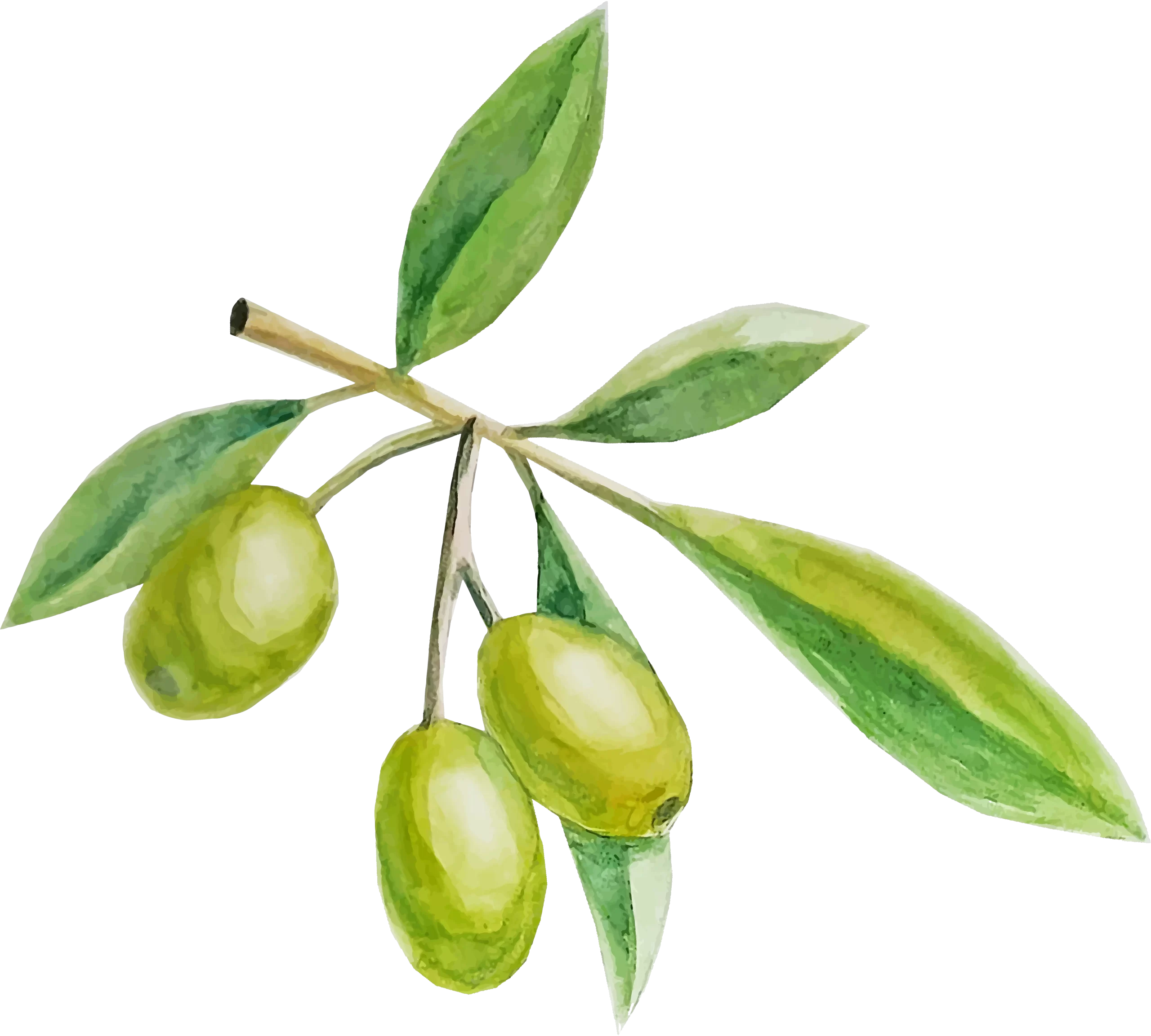
Olive Groves and Olive Oil
Olive trees have been present on Maltese soil for a very long time. There are a number of different varieties present on the islands, some of which date back about 1,000 years. There are over 900 different species in the world and recent research has identified around 20 species that seem to be unique to the islands. Generally, trees produce olives (of different sizes) which are then used for the extraction of olive oil. Olives are also prepared for direct consumption. Oil producers in Gozo include Ramla Valley and Ta’ Mikiel Olive Grove in Għarb.
Vineyards and Wine
Gozitan wine is the only product for the entire Maltese archipelago recognised as a regional product internationally. Gozo’s quality mark requires that the grape-wine cycle is entirely carried out within the region. To obtain the DOK Gozo label, in fact, the vineyards used for production may only be in Gozo with a smaller number of varieties allowed in order to ensure that they are more suitable. Some varieties cultivated for DOK Gozo include the Chardonnay, Merlot, Syrah, Cabernet Sauvignon, Vermentino and Cabernet Franc grapes. The quality of this terroir is another excellent reflection of Gozo’s unique foodscape. The confluence between advantageous climatic conditions, the vicinity to the sea and the mostly clay or sandy soil produce fine red and white wines that are unique in quality. The size of the island, the salty spray carried in the air and the hilly topography create unique micro-climates that are different from those of any other part of the archipelago. Compared to similar varieties, Gozo’s grapes mature at least a week later, possessing qualities that influence the structure and balance of the wine. The two endemic grape varieties in the Maltese islands are the Girgentina (white grape) and the Ġellewża (red variety). However in Maltese vineyards, one also finds other varieties such as Sauvignon Blanc, Merlot, Syrah and Chardonnay. The island of Gozo also produces a number of wines. The most prominent vineyards are the Marsovin Ramla Estate, Ta’ Mena (Xagħra) and Tal-Massar (Għarb).
Honey
The beekeeping history of the Maltese islands dates back to the times of the Phoenicians in Malta, in around 750 B.C. Bees and ‘Malta’ are interestingly linked, as the word originates from the Greek word ‘meli’ meaning ‘honey’. The bee indigenous to the Maltese islands is highly resilient. Through the years, it has adapted itself to its natural environment and climate. It forages in adverse weather and resists high temperatures and drought. The Bees Health Section within the Veterinary Regulation Directorate has been created to keep the records of all the beekeepers present on the Maltese archipelago territory in order
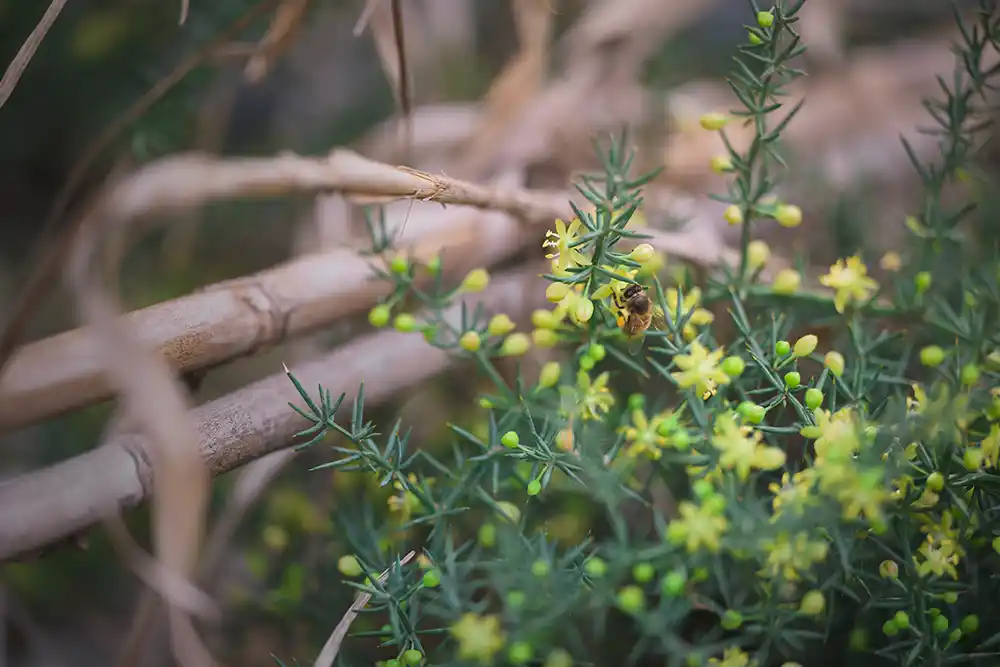
Salt
Salt production is very typical of coastal areas and Gozo is no exception. Salt is a natural mineral used to season and flavour food and also to preserve it. Salt crystals are usually formed in salt pans and harvested after a process of natural evaporation as well as sweeping, lifting and carrying from the salt pans. In Gozo, artisanal salt-making dates back to the times of the Phoenicians and Romans. The salt pans in Gozo are found along the Xwejni (Marsalforn) bay and cover around 3km of the northern coastal area. Today, this land is divided among three salt farmers. Visitors to the area are often intrigued when they witness the salt harvesting process, which typically takes place early in the day to avoid the scorching sun. In addition to being available at local grocery stalls, salt is also sold directly from a small outlet near the salt pans, managed by one of the salt farmers. The Gozo Regional Council has joined an international network of ‘saline cities’ in order to focus on salt production as a catalyst for gastronomic tourism and to create opportunities for research, education, projects and dissemination of information around the subject.
Tomatoes
One of the most prominent features of Gozo’s culinary landscape is its association with tomatoes. Alongside dry onions and legumes, tomatoes rank among the top agricultural products in the Maltese islands, with the majority of them being cultivated in the Northern region and on Gozo. Gozo is also home to Malta’s leading tomato processing plant, a food institution in our country. This family-run business has evolved into one of the major contributors to the preservation whilst innovating one of Gozo’s and Malta’s crucial cash crops. A well-organized network of stakeholders is nowadays involved in the cultivation, processing, and distribution of various tomato products. This includes kunserva (tomato paste) and sun-dried tomatoes, which are often featured in traditional Maltese dishes, particularly in the popular ħobż biż-żejt (bread, tomato paste, olive oil, and herbs). Additionally, sun-dried and salted tomatoes are widely produced and sold across the islands.
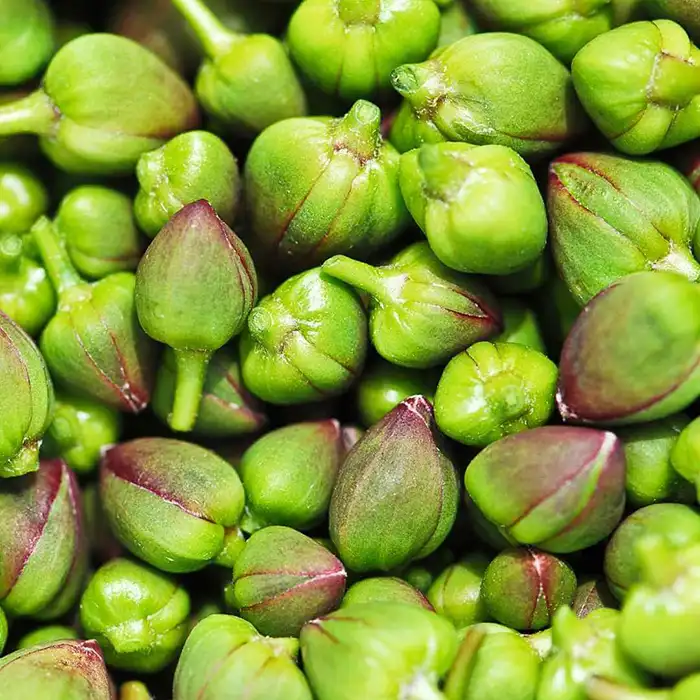
Photo: Heléna Szöllősy
Capers
Caper bushes are a distinctive feature of the Mediterranean region, known for yielding edible flower buds frequently used as seasonings or garnishes. In Gozo, these capers are commonly brined with locally sourced Gozitan sea salt, resulting in a tangy and robust flavour. They are typically incorporated into various dishes to balance their naturally strong taste.
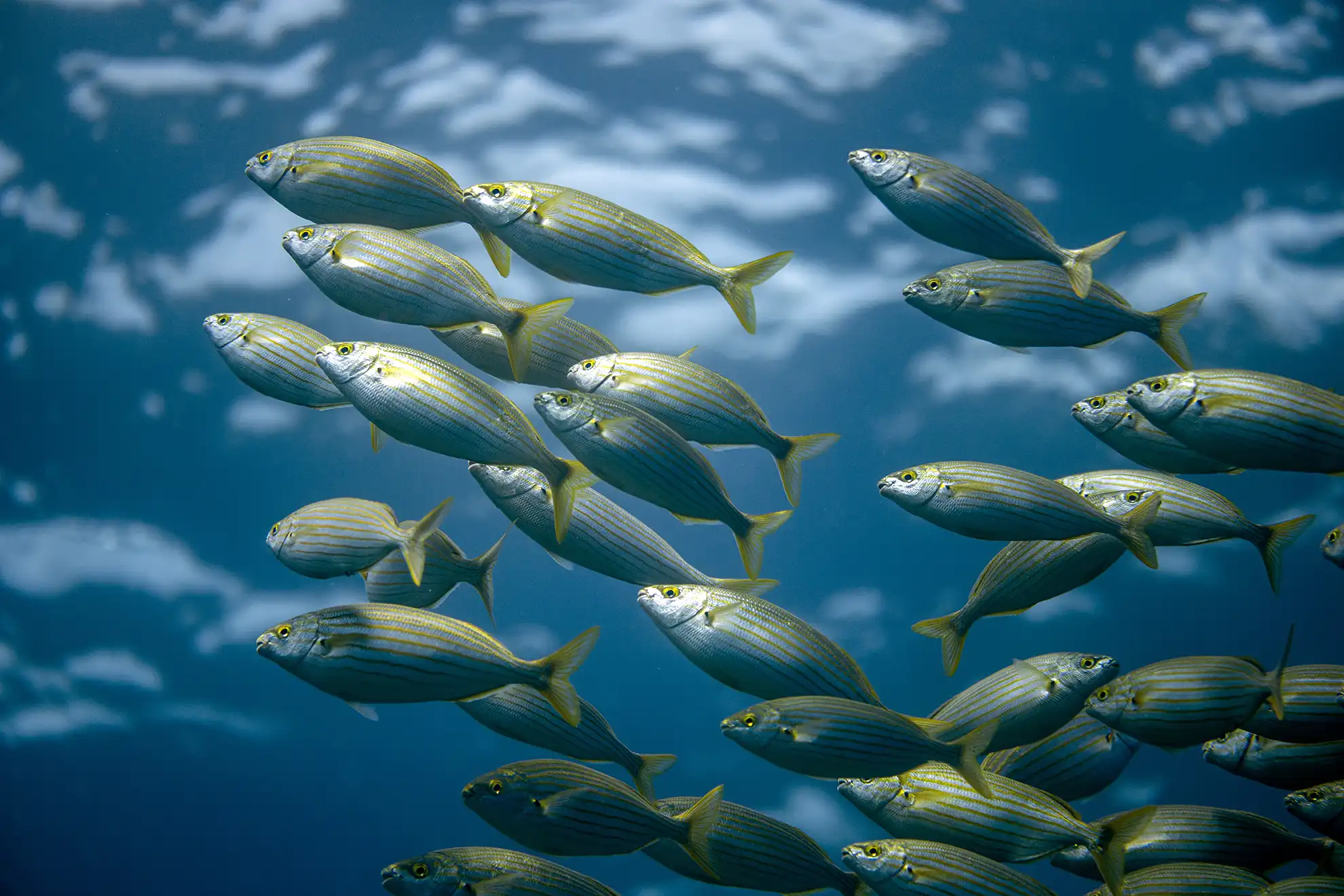

Fisheries
A strong connection with the sea and its ecosystem is an integral part of island life. As mentioned earlier, fish and seafood play a central role in the gastronomy of the Maltese islands. Since the 1970s, Malta has managed a fishing zone extending 25 nautical miles around the Maltese archipelago. This zone is utilized by Maltese fishermen as well as operators in the aquaculture sector. In Gozo and Comino, there are a total of 571 registered fishing vessels out of 2,744 in total. These vessels include various types, such as the traditional bimbu, luzzu, kajjik, firilla, and frejgatina, reflecting a diverse range of fishing activities on the islands. Depending on the season, Gozitan fishermen primarily catch tuna, swordfish, and lampuka (dolphin fish or mahi-mahi), which are either sold in the main fisheries in Gozo or transported to Malta, depending on the catch’s size.
As of the latest regional statistics published in 2023, the common dolphinfish accounted for the highest total value, generating €0.5 million or 36.6% of the total fish value in the Gozo and Comino region. Gozo’s primary fishing port is the Imġarr Harbour, with other fishing activities taking place in Marsalforn and Xlendi. The fishing sector is subject to strict regulation, adhering to standard EU regulations aimed at preventing overfishing and supporting fish sustainability in the region. All vessels and fishermen must be registered with local authorities, and there are established quotas for different fish species. After each fishing trip, fishermen are required to report their catch. Unfortunately, like agriculture, fishing is in decline in the Maltese islands. In terms of economic activity, the latest statistics for Gozo in 2021 show that most industries experienced an increase in GVA compared to the previous year, with the exception of agriculture, forestry, fishing, and a few others.


